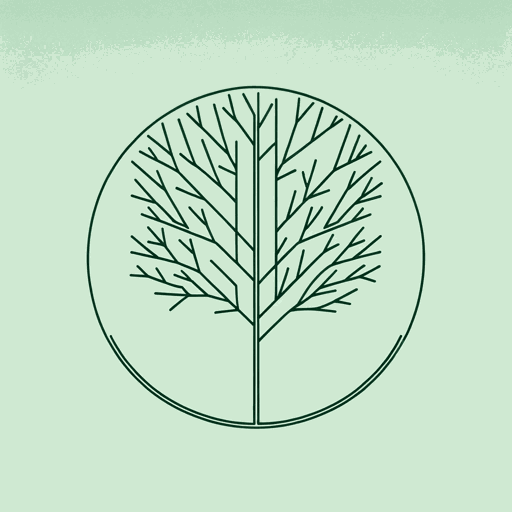65 pages • 2 hours read
Jared DiamondCollapse
Nonfiction | Book | Adult | Published in 2004A modern alternative to SparkNotes and CliffsNotes, SuperSummary offers high-quality Study Guides with detailed chapter summaries and analysis of major themes, characters, and more.
Part 2, Chapters 6-9Chapter Summaries & Analyses
Part 2, Chapter 6 Summary: “The Viking Prelude and Fugues”
Beginning around AD 800, Vikings settled several areas in the North Atlantic: the Orkney, Shetland, and Faeroe islands north of Scotland; Iceland and Greenland; and Vinland (present-day Newfoundland) in North America. Some of these colonies succeeded and some failed, the chief difference being the environment.
Unlike the collapses at Easter Island, Chaco Canyon, and the Maya region, much more is known about the Scandinavian colonies, including many written records, along with artifacts that closely resemble those of other well-known medieval European societies.
Pushed by population growth and pulled by riches overseas, Scandinavians—Norse, Swedes, and Danes—converted their trading vessels to fast, maneuverable warships and began attacking their neighbors in AD 793. Scandinavians had become Vikings—“raiders”—and their colonies sprang up along the coasts and inland rivers of Northern Europe. One settlement in the east became Kiev, the founding principality of the Russian state.
Some Viking ships, blown off course, landed on Iceland in AD 870. Under Eric the Red, Icelanders then colonized Greenland in the 980s. The Vinland settlement in North America hosted Vikings for about 10 years, from AD 1000 until natives pushed them out.
The sudden expansionism of the Vikings and its abrupt halt is an example of an “autocatalytic process,” in which activity persists until all the available resources are used up.
Related Titles
By Jared Diamond




